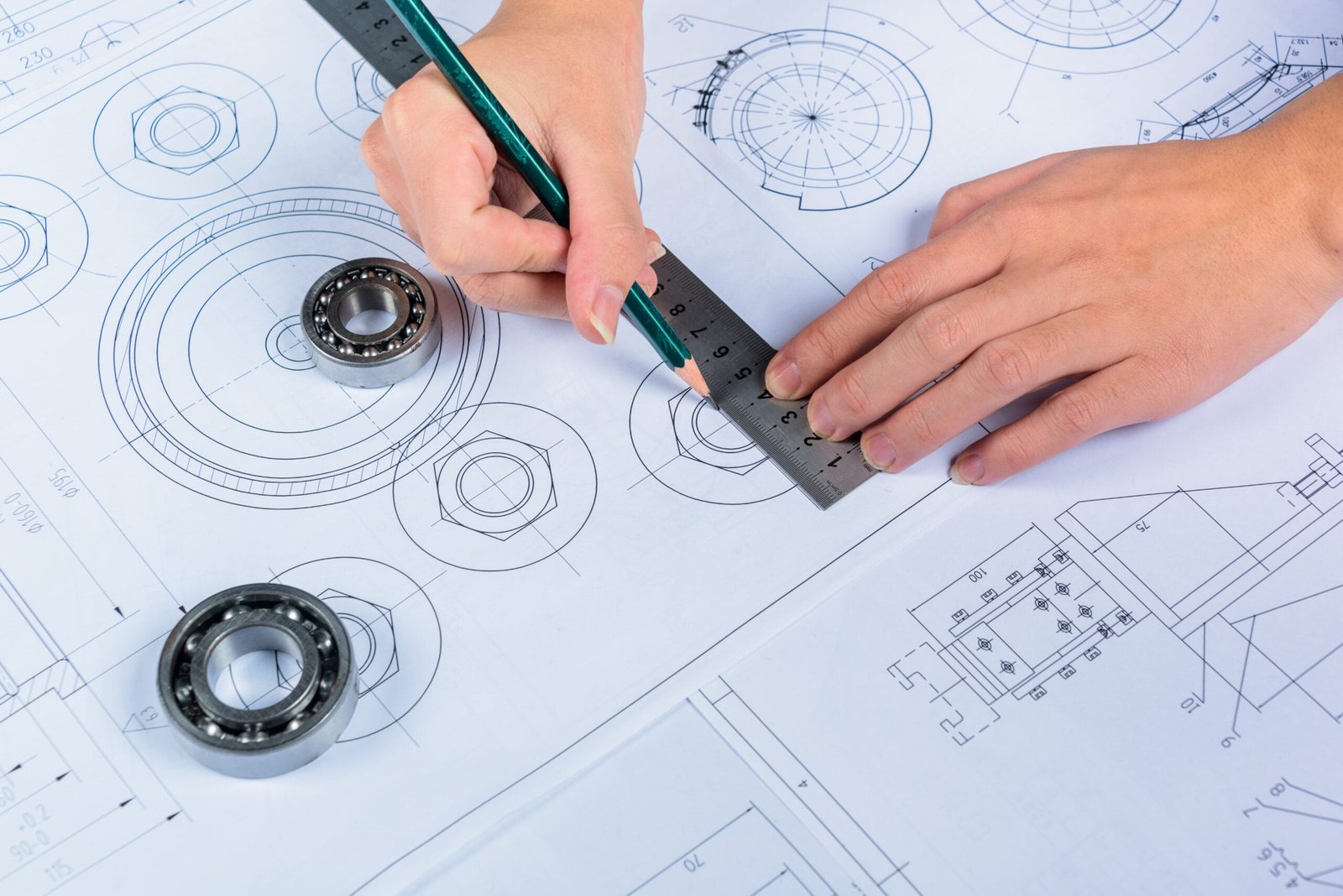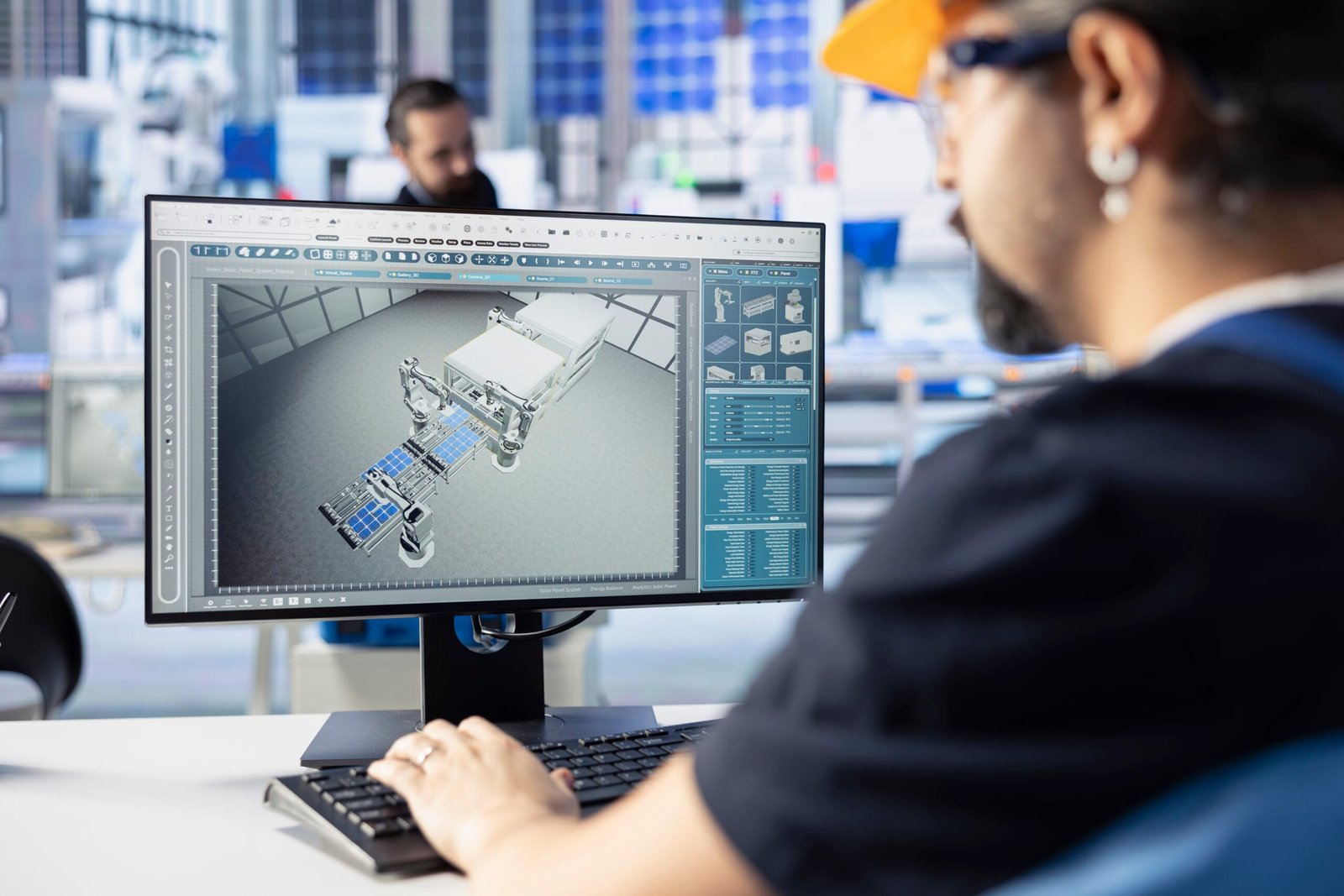Description:
Discover the best 3D Modeling Best Practices for DesignHok practices tailored for DesignHok to improve project efficiency, design accuracy, and overall visual communication. Learn essential tips that lead to high-quality models and client satisfaction.
Introduction
3D Modeling Best Practices for DesignHok is a crucial process in the world of design and engineering. At DesignHok, where the focus is on high-quality 3D Modeling Best Practices for DesignHok, rendering, and mechanical design services, the need for clean, efficient, and accurate 3D models is a top priority. Whether it’s for product design, architectural visualization, or mechanical components, following the right practices ensures faster project completion, fewer errors, and better client communication.
This blog outlines the best 3D Modeling Best Practices for DesignHok practices every designer and engineer at DesignHok—or working with DesignHok—should follow. These tips will help create models that are easy to understand, modify, and present professionally.

1. Start with a Clear Plan
Before jumping into modeling software, take time to sketch or outline your ideas. Understand the project requirements, dimensions, design constraints, and intended use of the model. Planning your workflow helps avoid unnecessary revisions and saves time.
Tip: Use reference images, dimensioned drawings, or even hand sketches to stay focused during the modeling phase.
2. Choose the Right Software for the Task
Different projects require different tools. 3D Modeling Best Practices for DesignHok uses a range of industry-standard software such as AutoCAD, SolidWorks, Fusion 360, Rhino, Blender, and Revit. Choose software based on the complexity of the design, rendering requirements, and output format.
- Use SolidWorks or Fusion 360 for mechanical and precision engineering.
- Use Blender or 3ds Max for detailed 3D renders or animation.
- Use Revit or SketchUp for architectural models.
3. Keep Geometry Clean and Organized
Messy geometry causes problems during rendering, animation, or exporting to other formats. Clean topology is especially critical in mechanical and product design, where accuracy matters.
Best Practices:
- Use quads instead of triangles for smoother surfaces.
- Avoid n-gons (polygons with more than four sides).
- Delete unnecessary vertices and edges.
- Use symmetry and mirroring when possible.
Tip: Label layers or components clearly (e.g., “Base_Plate” or “Handle_Assembly”) to maintain structure.
4. Model to Scale
Always work in real-world units. 3D Modeling Best Practices for DesignHok emphasizes precision in engineering and architecture, so ensure your 3D model reflects accurate dimensions.
- Use millimeters or inches depending on the regional standards or client preference.
- Double-check measurements before moving on to rendering or prototyping.
- Use snapping and grid settings to keep everything aligned.
5. Optimize for Performance
A heavy model with excessive detail can slow down software and make collaboration difficult. Create a balance between detail and performance.
Tips to optimize:
- Use low-poly models for early concept development.
- Replace high-resolution textures with compressed versions during drafts.
- Remove hidden or unnecessary geometry (e.g., internal parts not visible in renders).

6. Use Modifiers and Non-Destructive Workflows
Non-destructive modeling allows you to make changes without redoing the entire model. Use modifiers like mirror, array, and bevel to stay flexible.
Example:
- Use the mirror modifier instead of duplicating geometry manually.
- Apply boolean operations only after you’re sure about the final shape.
7. Maintain File and Version Control
Nothing slows down a project like losing track of versions. Use consistent file naming and save versions at different stages.
Example:
ProjectX_v1.0_start.skpProjectX_v1.2_adjusted_rear.skpProjectX_final_export.stl
Tools like Google Drive, Dropbox, or version control systems like Git (for scripts and procedural work) are helpful when working in teams.
8. Focus on Materials and Lighting in Renders
A model is only as good as it looks in presentation. When rendering for clients or internal review, pay attention to realistic materials and effective lighting.
Tips:
- Use PBR (Physically Based Rendering) materials for realism.
- Add HDRI lighting for realistic reflections.
- Keep background simple for product visualization.
- Use depth of field and camera angle to enhance focus.
9. Test for 3D Printing or Simulation (If Applicable)
If the model will be 3D printed or used in simulations, additional steps are needed:
- Ensure the model is watertight (no holes or open edges).
- Avoid non-manifold geometry.
- Check tolerances for moving parts or assemblies.
- Simulate load, stress, or motion if required using tools like SolidWorks Simulation or Fusion 360’s simulation feature.
10. Document Your Work
Whether it’s for client delivery or internal use, proper documentation makes your model understandable and reusable.
Include:
- Exploded views (for assemblies).
- Section views.
- Annotations with dimensions and materials.
- Rendered images with labels.
Conclusion
At DesignHok, quality, precision, and presentation matter. Following these 3D Modeling Best Practices for DesignHok ensures your models meet industry standards and client expectations. By planning well, modeling cleanly, optimizing files, and presenting professionally, designers can boost project success and strengthen DesignHok’s reputation as a reliable design partner.
Implementing these tips will not only make your work smoother but also make teamwork and client collaboration much more effective.
FAQs
Q1: What software does DesignHok recommend for 3D modeling?
A: DesignHok typically uses AutoCAD, SolidWorks, Fusion 360, Blender, Rhino, and Revit, depending on the project type. Mechanical projects often use SolidWorks, while Blender or 3ds Max is used for visual renders.
Q2: Why is clean topology important in 3D modeling?
A: Clean topology ensures that your model is easy to modify, animate, or export. It also prevents rendering issues and keeps the model efficient and organized.
Q3: How can I make sure my model is ready for 3D printing?
A: Make sure your model is watertight, has no holes or non-manifold geometry, and respects tolerances required for printing. Export in compatible formats like STL or OBJ.
Q4: What’s the difference between high-poly and low-poly modeling?
A: High-poly models have more detail and are used in final renders or cinematic visuals. Low-poly models are used for drafts, games, or applications where performance matters more than detail.
Q5: How do I improve the rendering quality of my model?
A: Use high-quality PBR textures, set up realistic lighting (such as HDRIs), and render at a high resolution. Good camera angles and depth of field can also enhance realism.





